CNC machines are getting much recognition nowadays, leaving everyone surprised and impacted, including you. The earlier man has never imagined, even in his wildest dream, that this world could ever into such a digital Era where machines can be so dynamic to function like CNC machining.
Let us have an in-depth look into them to look into this versatile and revolutionary invention instead of wondering.
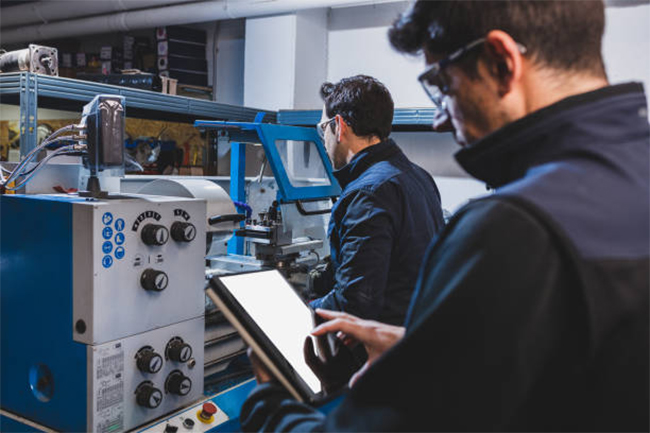
Let us have an in-depth look into them to look into this versatile and revolutionary invention instead of wondering.
CNC stands for "Computer Numeric Control." Machining has become a need of this modern man and has been utilized in almost every manufacturing unit in this modern era.
It is not only its reliability that has made it so vital for manufacturing industries, but it is their versatility that has made them so important.
It is not wrong to say that CNC machining has overruled the centuries of manually operated Machines used in manufacturing processes.
In the 15th century, the very first step was taken toward making CNC machining manufacturing. At the first go, MIT's computers were made ready and designed to start the production of the punch tapes as per the instructions given to them as input.
In 1952 a suitable first CNC machine was developed by MIT and then brought into functioning.

These are complex machines controlled and operated by a computer system, providing constant accuracy, efficiency, and intensity. This machinery has almost made impossible operations and processes possible within a few years of their invention and Revolution.
The diversity in these machines is the reason that makes someone understand a commonly asked question, what is a CNC machine?
Generally speaking, CNC machines employ processes where computer-driven tools are used to design and manufacture a product out of solid metal into specific sizes and shapes.
Are you getting curious to look into the process and get an in-depth picture of what happens within the process from the start to the end? Let us dive into that and continue reading to learn about The Ruling, types of CNC machines, and their absolute functions, including the tooling and the principles used, and understand what are CNC machines used for
Unlike those mechanical processes and manual machines, which were either numeric or controlled manually, CNC machining is a sort of manufacturing process that avails the availability of computerized controls to execute their operations and also for the processing, cutting tooling along with manipulation for that to endorse a particular shape to the stock material into customized designs and parts.
Doubtlessly in the CNC machining process, the foundation of the principle of the machining process remains almost the same throughout.
However, still, CNC machining offers several operations that vary in their capabilities and advanced processing. Let's look into a fundamental CNC machining process and how does CNC work so precisely.
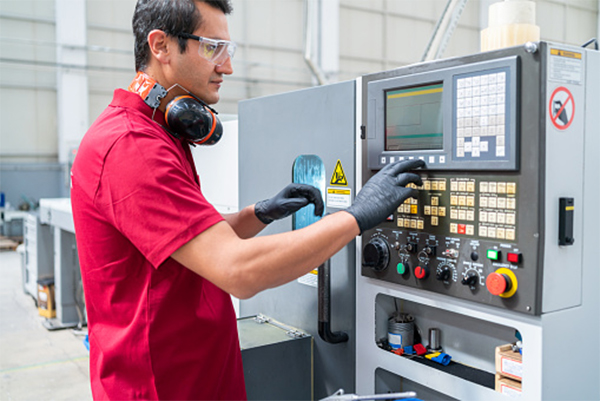
The process starts with making a 3D solid part or a two-dimensional CAD design vector. The software lets the designer and operators create a model that could reflect the particular technical specifications, including geometry, designs, and dimensions for producing the product or even a specific part.
The tooling and the capabilities of the computer Numeric Control machines vary from imposing restrictions on the designs to the manufactured products
Moreover, the products are manufactured in a way with a controlled tooling design, precise machining, and work holding capacities of the Machines that mostly range from sizes inclusion, thickness and assessing the internal capacities required in the final product made by CNC machined process.
A program is required here to run the formatted design that typically comprises Computer-aided manufacturing software so that it can exactly extricate the desired geometry and execute it into the digital programming code.
It will ultimately command the machine and guide the different tooling processes to produce customized designs or parts of the products.
The operator must learn to operate the CNC operations effectively, from preparing the machine to executing the operation.
This step includes multiple possibilities, including the fastening after work, either onto machinery spindles or into the machine directly, or even into machine vises, along with the attachment of the essential tooling, mainly end mills and drill bits are accounted for, to let the machine set up correctly.
CNC machines need instructions that must be delivered appropriately within a CNC program.
The program carries the required set of commands enough for the dictation of the actions of the tools along with the controlled movements of the integrated computer machine to ensure its proper operation and let the machine tooling be manipulated correctly.
This makes the execution of these operating machines so convenient, and CNC machining processes have been performed in-house.
This basic processing remains uniform, but different types of CNC machines have constantly been evolving with time, progressing to the digital era.
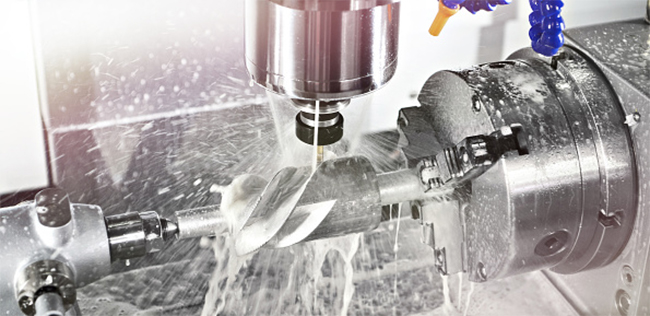
Technological advancement has brought diversity in the operation mechanism by converting generations from analog computers to digital computers.
As far as the manufacturing industry is concerned, It all led to the Rise and evolvement in the processes of CNC machining.
The majority of the CNC machinery present today is entirely electronic. The most common include whole punching, ultrasonic welding, and laser cutting, the most used machinery employing CNC processing systems.
With the help of proper and guiding tools, the pieces are cut into a specific circular direction. The precision is mainly focused, and with the help of CNC work Technology, the cut induced is made at high intensity and more precisely.
The technique produces many more complex designs that are nearly impossible to be crafted using the previously available manual versions of manufacturing machines. G-code programming language or unique proprietary code can be a tool to direct the lathes, but in most of them, X and Y axes are present.
The programs programmed by letter-based and number-based prompts guide the pieces across different distances or what is capable of making CNC Mills unique.
The programming used for the guidance can be a unique language that can be induced for the developers or the manufacturers, or it can simply be G-code.
As far as the primary mills are concerned, they primarily consist of xy and Z or the three axes system initially. Still, modern mil, present in today's era, can accommodate three more additional axes.
In these cutters, a Plasma torch is employed to cut the material. Initially, the process was restricted to metal materials, but it has also been modified for other surfaces.
The generation of Plasma is far more critical in the core of this process for producing the necessary heat and speed to cut the matter. For this purpose, a similar combination of electrical arcs and compressed gas is employed.
The thermal-based, contactless machining operation core focuses a highly intense laser beam on the workpiece's metal. It melts and thus cuts that in the required shape. It employed a CNC-machined tooling laser cutter that consists of a laser head consisting of a nozzle and a lens to focus.
The laser beam is emitted when compressed gas flows via the nozzle, which, therefore, cools the focusing lens that ultimately results from removing the vaporized metal.
These machines are broadly used by engineers who are intended to cut materials for specific purposes precisely.
In Laser cutters, CNC machining is vital in controlling the beam and laser head movements to get the best possible and customized designs. CNC technology also makes using laser cutters easier, more reliable, and safe.
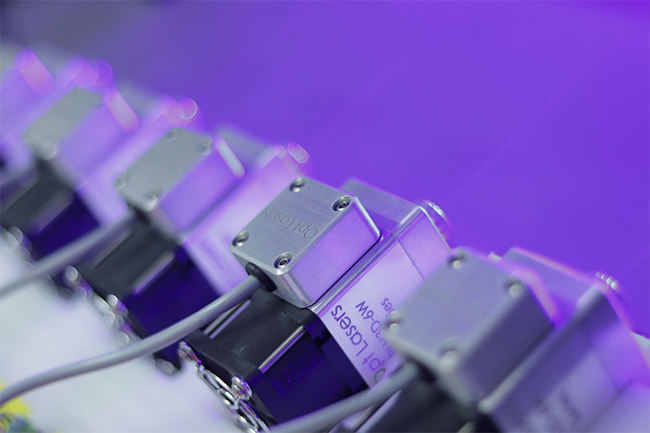
Water jet cutters in CNC machining are those specially used for cutting hard material, for example, metal or even granite, and applying high-pressure water. However, there are cases where the water was mixed either with a solid abrasive substance or with sand.
Companies mostly use the process for the shaping of the parts of factory machines. The water Jet also serves another purpose of being a more fantastic alternative for such materials that are heat sensitive and incapable of tolerating intense heat processes employed in other CNC machines.
This is a unique characteristic that lets the mining and aerospace industries and some other sectors rely conveniently on these water jets and successfully use them for even carving Complex cuts in some materials because there are minimal chances for any change in the intrinsic property of the material.
Several engineering materials can fit the category designed for the CNC machining tooling processes. These materials include;
•Wood
•Composites
•Plastic (i.e., nylon, PEEK, etc.)
•Foam
•Metal (i.e., steel alloy, aluminum, stainless steel, etc).
Picking the most appropriate material for manufacturing via CNC tooling depends on the specification and the process to be employed.
Several materials can be selected, considering they could either stand or bear the machining process or if they have sufficient and required tensile strength, heat and chemical resistance, hardness, and shear strength.
The material for the work and its associated physical properties are also crucial for determining the optimal conditions, such as the cutting Speed, the cut's depth, and the cutting's feeding rate.
These terms also refer to the particular definition. As for the cutting speed, it is measured per minute at the surface feet. Whereas the cutting depth is the measurement of the depth to reach which the cutting tool can cut, and the feed rate, which is being measured in inches per minute, is the measurement of the capacity of how fast the work is capable of being fed towards the tool of the machine.
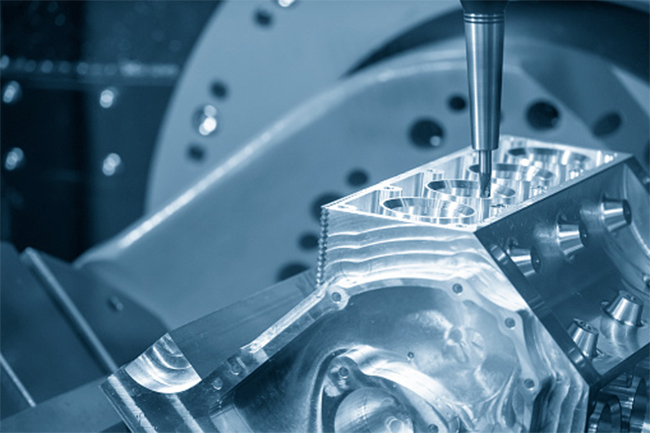
The versatility of these machines is of most surprise as they vary in the areas where they can operate and for their capabilities.
It is the reason that CNC machines in the process are being employed in several industries which include construction, automotive, Arrow space, and even the agriculture industry.
It enables these units to manufacture and arrange several products, including securing components of the hydraulic press and even the shaft.
Previously, manufacturing the more precise and heavy components was no less than a challenge addressed effectively with CNC machining work and learning how to operate a CNC machine.
CNC machines have reliable and unique specifications, and they require a flow of different components and tools for proper functioning following are the primary pieces of the input of the machinery that is somehow used within the system of CNC;
•Wood routers
•Turret punchers
•Foam cutters
•3D printers
•Embroidery machines
•Cylindrical grinders
•Wire-bending machines
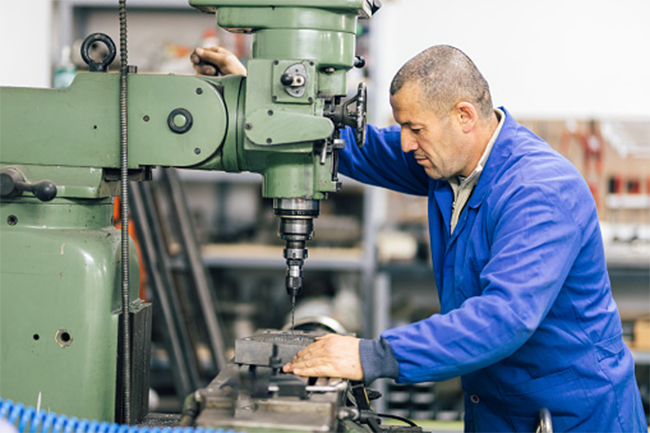
Operating a piece of machinery is a must to ensure it could not cause any harm or damage to the operator and the people around. Following are some suggestions to avoid any mishap
•Cross-check the settings of the tools.
•Must verify the correlation between the tool data and program before use.
•Perform tool testing before installing the machine.
•Do not forget to look for the health of the machinery in case of any cracks or damage
•Tool testing must have ensured prior use
•Tools have to be used within the set limit set by the designer or manufacturer
•Keep the machinery parts dust and unnecessary oil-free
It is no surprise that CNC machine operation and CNC tooling are game changers for both the industries and the operators of the Machines.
But for the operation of CNC machines and what is being programmed, the associated authorities must have a thorough knowledge and understanding of how the machine works and how to let them do the job correctly. In basic processes, several operations are employed, and with the help of necessary equipment and tooling, they are considered by the manufacturers and the developers.
The development of CNC machining has come out with a new era of development, making the manufacturing process more reliable, faster, precise, and accurate. It has also made the manufacturing of dream products possible with its quick, cost-effective, and well-designed mechanism.
The finished products manufactured via these pieces of machinery are better, finished, and ready to go than the manually or numerically operated machines. With the development of CNC machining and programming, there has been a rise of new technology and techniques in the manufacturing industry, making CNC programming more versatile and independent.
At the same time, it is making manufacturers dependent upon them for precision and quality.